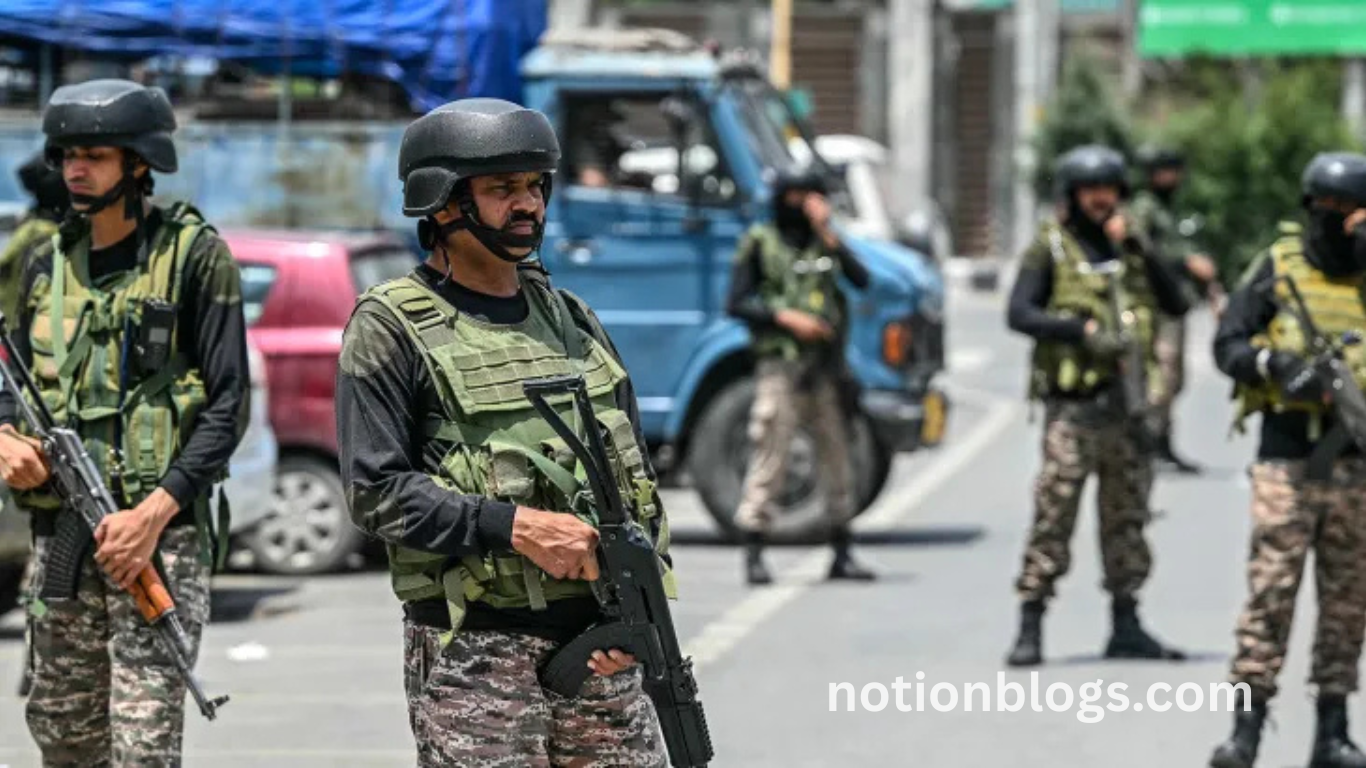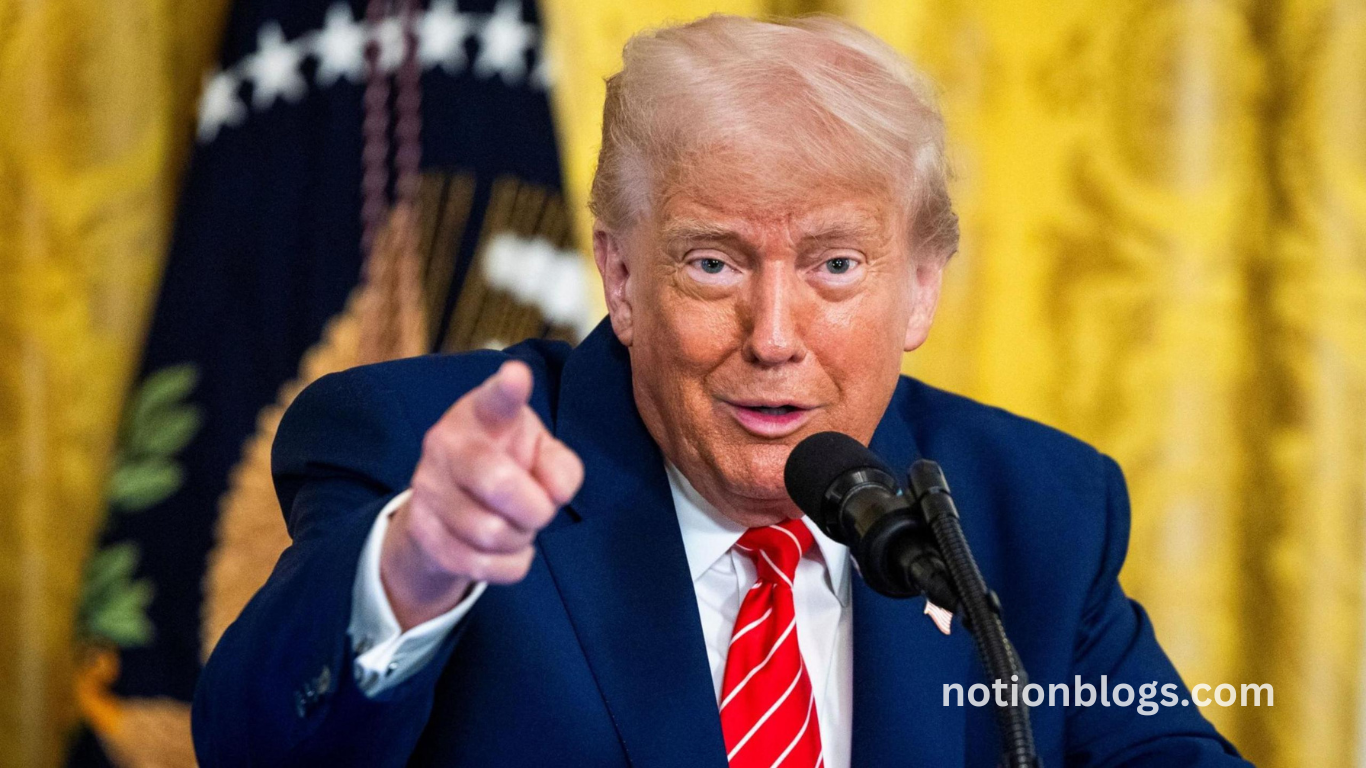Tensions along the India-Pakistan border have long been a source of concern for the South Asian region and the international community. Following a deadly episode of cross-border fighting, a renewed ceasefire appears to be holding, bringing a much-needed pause to the violence. This development comes after both nations experienced significant losses and heightened anxiety among civilians living near the Line of Control (LoC).
This article delves into the recent India-Pakistan ceasefire status, shedding light on its causes, immediate impacts, diplomatic responses, and what the future holds. With the fragile peace now restored, stakeholders across the region are closely monitoring the situation, hoping that this calm will persist and pave the way for long-term stability. Here, we explore the latest developments, their implications, and how both governments and global actors are reacting to the ongoing ceasefire status.
What triggered the latest India-Pakistan conflict at the Line of Control
The most recent flare-up was reportedly initiated by cross-border shelling that led to multiple military and civilian casualties. While both nations accused each other of unprovoked aggression, intelligence reports suggest it may have stemmed from the infiltration of armed militants across the LoC. This incident escalated tensions quickly, resulting in a brief yet intense exchange of fire that threatened the fragile peace previously established.
Casualties and damage reported during the violent exchange
Initial reports indicate that several soldiers and civilians lost their lives in the exchange, with dozens more injured. Residential areas near the LoC were also damaged, displacing families and causing widespread panic. The extent of the damage has drawn global concern, mainly due to the use of heavy artillery in civilian-populated regions. Medical and emergency services on both sides were overwhelmed during the peak of the skirmish.
Ceasefire agreement’s history and relevance to current events
The 2003 India-Pakistan ceasefire agreement has often been violated, but both sides recommitted to it in February 2021. The recent violence tested this recommitment. However, the rapid return to ceasefire status a day after hostilities ceased underscores the agreement’s continued relevance. It serves as a critical diplomatic tool for maintaining peace despite repeated violations and fluctuating bilateral relations.
Diplomatic responses and statements from both countries
In the aftermath of the fighting, both India and Pakistan issued strong but measured statements, emphasizing a desire for peace but reserving the right to respond to provocations. India condemned the militant infiltration and called for stronger border monitoring, while Pakistan highlighted alleged civilian casualties. International observers praised both nations for returning to dialogue quickly, signaling a preference for de-escalation.
International community’s role in maintaining regional peace
The United Nations, along with key global players like the United States and China, have urged both countries to maintain restraint. UN peacekeeping representatives called for an impartial investigation into the incident. Meanwhile, backchannel diplomatic efforts reportedly played a role in brokering the quick return to a ceasefire. These global interventions continue to be essential in preventing broader conflict in the region.
Reactions from civilians and communities near the LoC
Residents living near the LoC are often the first to suffer when tensions rise. Civilians expressed relief as the ceasefire took hold, though fear remains high. Schools, markets, and essential services had been disrupted during the fighting. Local leaders are urging both governments to ensure that peace efforts translate into tangible security for those most affected by cross-border violence.
Media coverage and the role of misinformation
Media in India and Pakistan extensively covered the clash, though narratives varied significantly. Social media played a dual role—raising awareness and fueling misinformation. Fact-checking agencies highlighted a surge in fake news, often used to inflame nationalist sentiments. Media literacy and responsible reporting are increasingly critical in shaping public opinion during such sensitive episodes.
Prospects for long-term peace and confidence-building measures
The return to the ceasefire provides temporary relief, but long-term peace depends on sustained diplomatic engagement. Confidence-building measures such as trade resumption, cultural exchanges, and joint border patrolling have been proposed. Analysts suggest that formal dialogue between military and political leaders is essential to preventing future flare-ups. However, without concrete action, the peace remains fragile and temporary.
Frequently Asked Questions
What is the current status of the India-Pakistan ceasefire?
According to both governments, the ceasefire is holding, and there have been no new reports of cross-border firing.
What caused the recent India-Pakistan border clash?
It was triggered by alleged militant infiltration and retaliatory shelling, leading to civilian and military casualties on both sides.
How often is the ceasefire violated at the LoC?
Violations occur intermittently, with spikes during periods of high political tension or militant activity.
What was the role of international organizations during the conflict?
Groups like the UN and foreign governments urged restraint and reportedly facilitated backchannel diplomacy.
Are civilians safe now near the LoC?
While the ceasefire holds, civilians remain cautious due to the unpredictability of future violations.
Has there been any official peace talk proposed post-conflict?
No formal talks have been announced, but diplomatic communications are ongoing through existing channels.
What steps are being taken to prevent misinformation during such conflicts?
Media watchdogs and governments are encouraging fact-checking and responsible reporting to counter fake news.
Could this ceasefire lead to improved India-Pakistan relations?
Potentially if followed by sustained diplomatic engagement and mutual confidence-building efforts.
Conclusion
The India-Pakistan ceasefire has held firm following a deadly exchange of fire, offering a brief but significant window of peace. While tensions remain, both nations appear committed to preventing further escalation. Continued international support and community resilience are essential to ensuring long-term stability in the region. Stay informed on further developments as diplomatic efforts continue to evolve.




